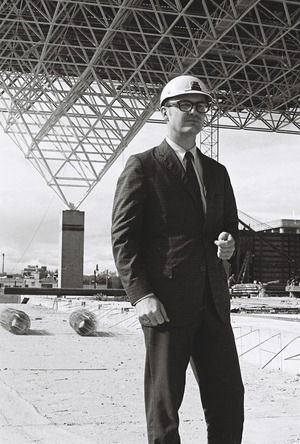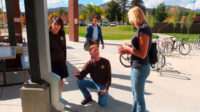Charles Keyes, a structural engineer with Martin/Martin Inc., is the 2013 recipient of the ENR Mountain States Legacy Award, given to an individual who has contributed significantly to the regional architecture-engineering-construction sector and the community.

Keyes, 72, is beginning a "phased retirement" after 45 years at the Lakewood, Colo., firm and its predecessors. He is best known for his structural work on dozens of high-profile Colorado projects, including the Alfred A. Arraj U.S. Courthouse, Denver International Airport, Aspen Music Pavilion, Denver Center for the Performing Arts, Coors Field, Museum of Contemporary Art and several for the University of Colorado. Keyes has also designed and evaluated lightweight and long-span structures nationally and globally. Among them are the Alamodome in San Antonio, the MGM Arena in Las Vegas, Doha International Airport in Qatar and Dubai Towers in the U.A.E.
The engineer also has done extensive planning and structural studies for large sculptures, art pieces and events. These include the Roden Crater Stair Sculpture and Oculus in Flagstaff, Ariz., artist Janet Echelman's flowing 1.26 sculpture for the Biennial of the Americas in Denver and the high wire for the Flying Wallendas performance above a downtown Denver street.
"Sadly, sometimes what we build doesn't outlive us," he says, referring to projects that have been demolished, such as Currigan Hall. Keyes, who earned degrees from UC-Boulder and from the University of California, Berkeley, is also an author and has spent countless hours attending industry events and mentoring kids about design careers.




Post a comment to this article
Report Abusive Comment